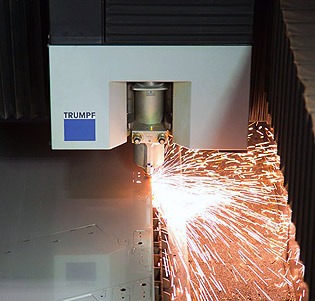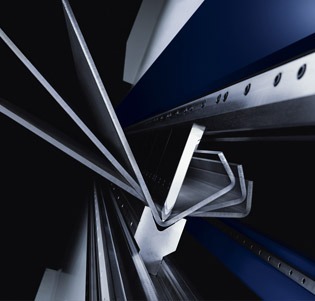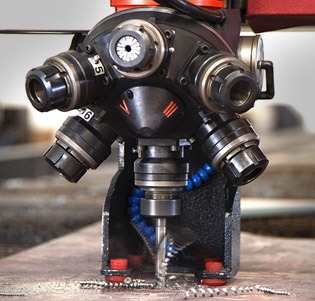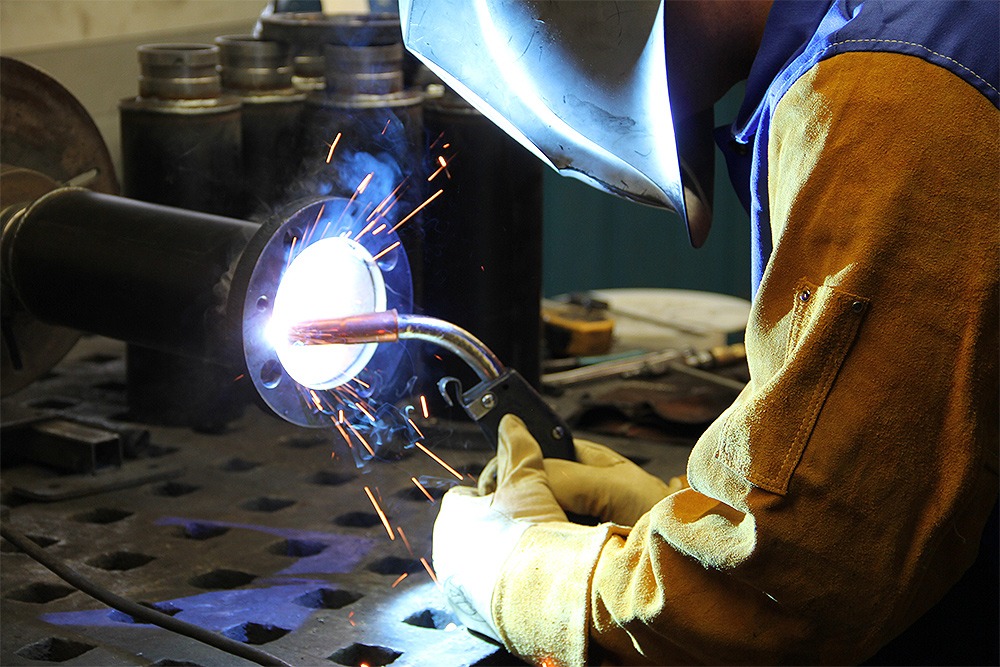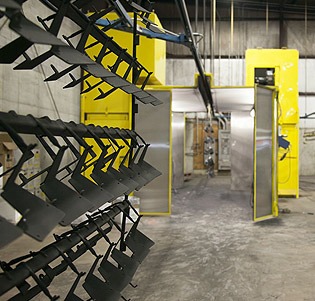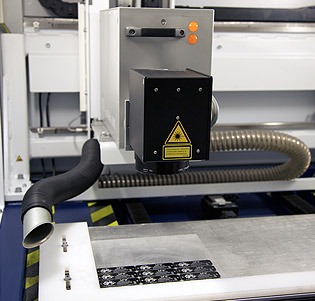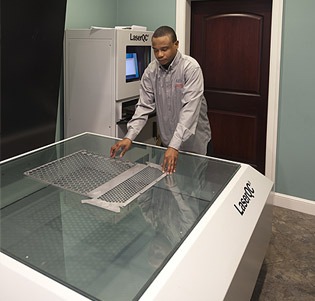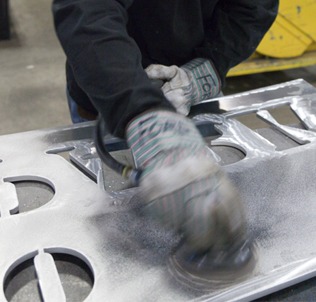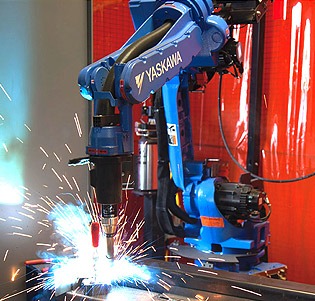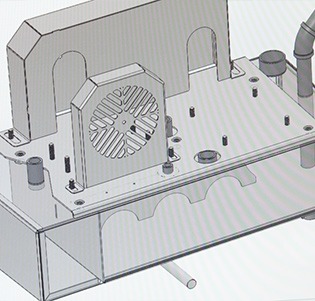Water Jet Cutting 101: The Basics
In our last blog post, we touched on the basics about laser cutting. Now, we’ll focus our attention on another popular cutting technology: water jet cutting.
Could it be right for your next manufacturing job? To find out, let’s review some basic information about how it works, the variety of materials it can cut, and its other characteristics.
Water Jet Cutting 101
Water jet cutting involves using a high-pressure jet of water to cut materials. Offering speed and versatility, water jet cutting can handle a diverse range of materials including glass, metal, foam, stone, copper, graphite composites, brass, rubber, granite, plastic, and even paper.
1. A Variety of Materials
We can use our water jets to cut delicate substances that other technologies might damage, because water jets generate minimal heat during the cutting process. This preserves the material’s structure and appearance, and reduces the need to refine a part or component using subsequent processes.
We can also use our water jets to cut thick steel and even granite. It’s amazing that these machines can cut everything from delicate glass to solid rock and steel!
2. No Pilot Holes Needed
Our Techni water jet’s low-pressure piercing functions allow us to pierce through even the most brittle or sensitive materials without using pilot holes. With a low-profile stream size of approximately 0.040” and the precision of SofTec planning and control software, our equipment enables us to cut very detailed patterns in a variety of materials.
3. Speed and Accuracy
But does water jet cutting work fast? You bet it does! We get excellent production output with our Techni water jet’s high acceleration and cutting speeds of nearly 1,000 inches per minute. With some projects, we’ve been able to go from design to finished parts within minutes—that’s especially nice when you need a prototype quickly.
4. Cuts Thick Materials with Ease
BenCo’s water jet cutting equipment doesn’t only cut fast and deliver optimal results, it also accommodates jobs that call for cutting thick materials. For example, we can cut 6” thick steel and do stack cutting up to a thickness of 8”.
To learn more about water jet cutting and its benefits, contact us today. We’ll be happy to help you determine whether it will be the right choice for your next project, or if laser cutting or plasma cutting will serve you more effectively.
Speaking of plasma cutting, stay tuned for our next post: Plasma Cutting 101.

